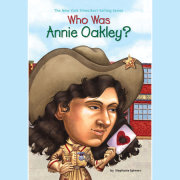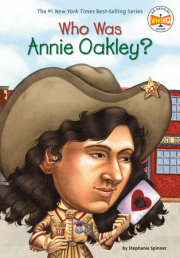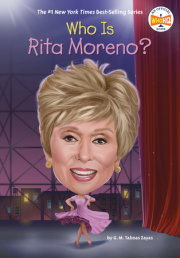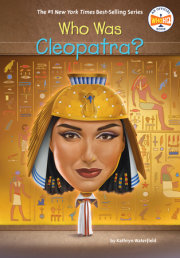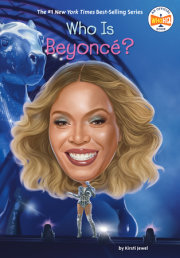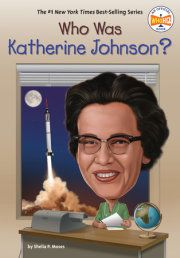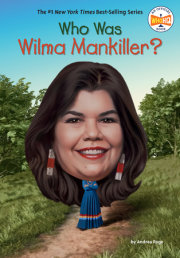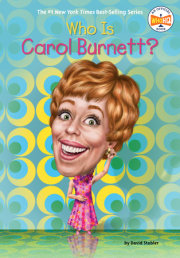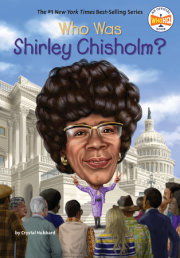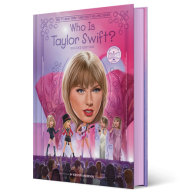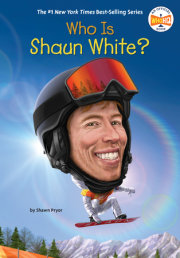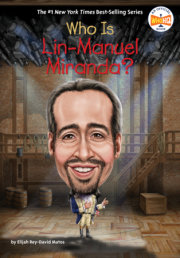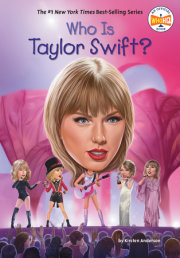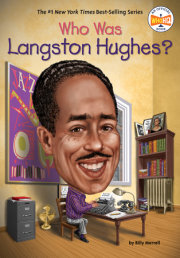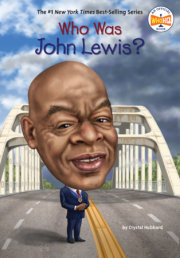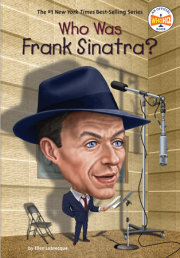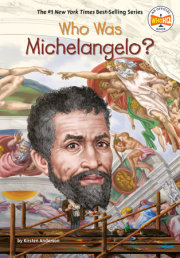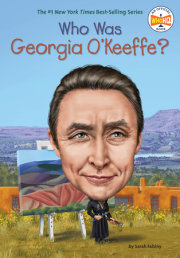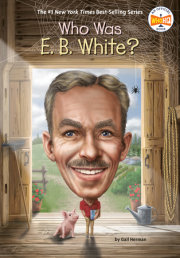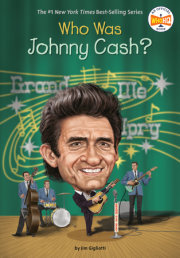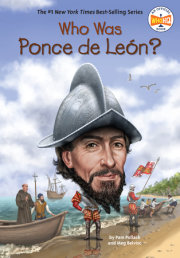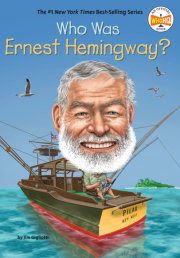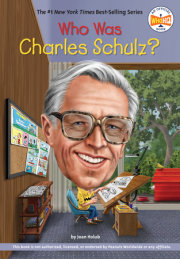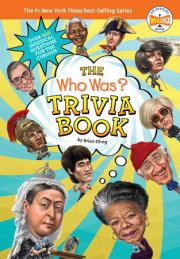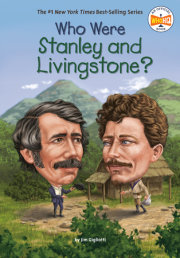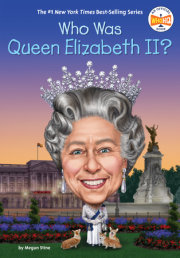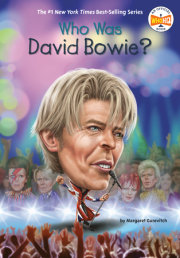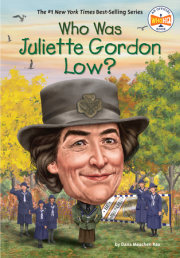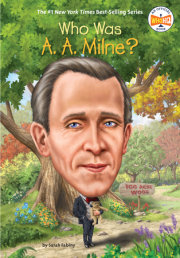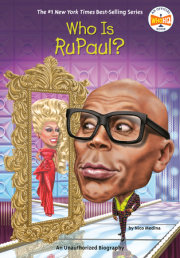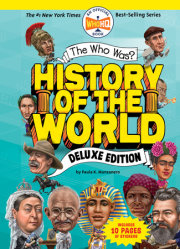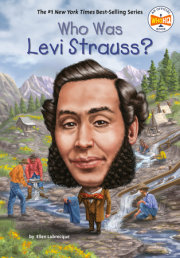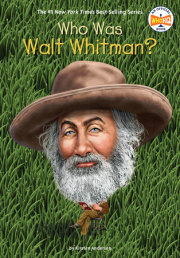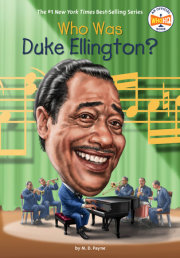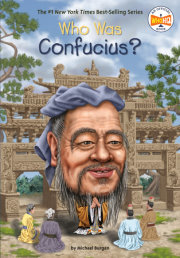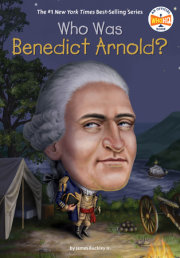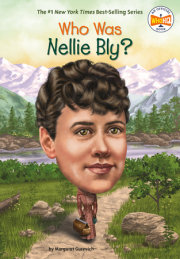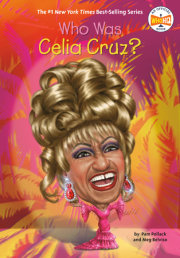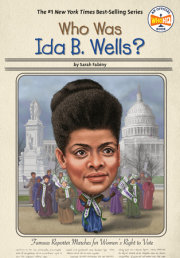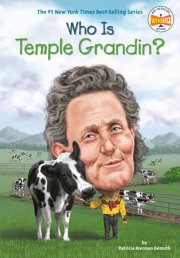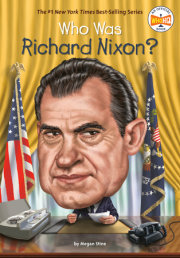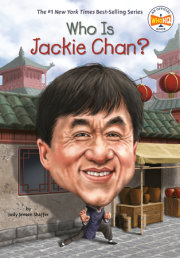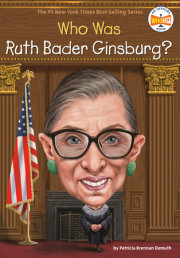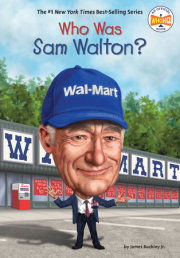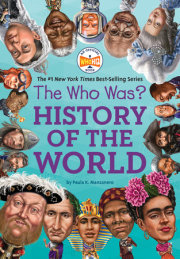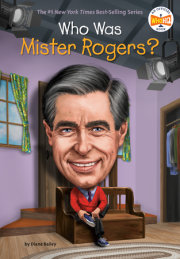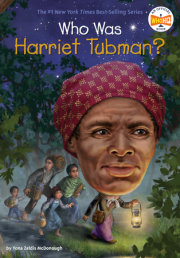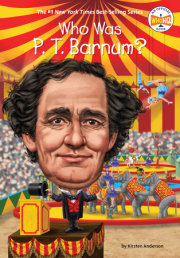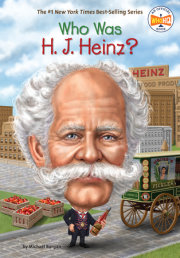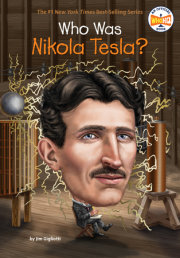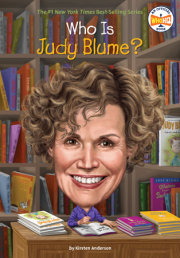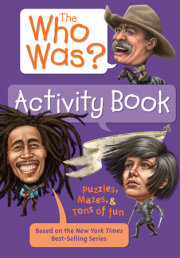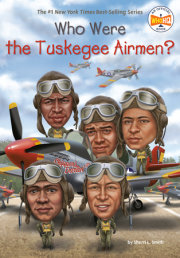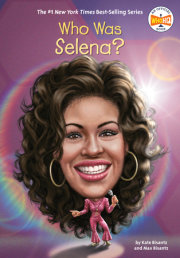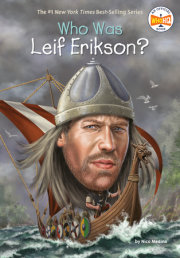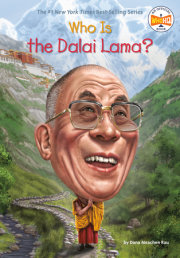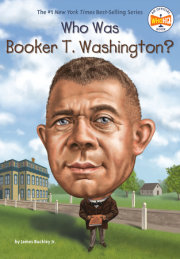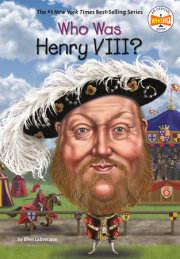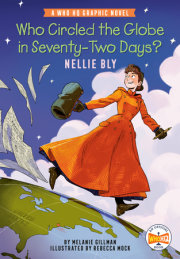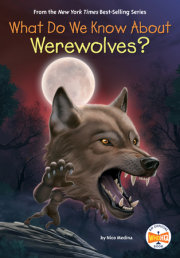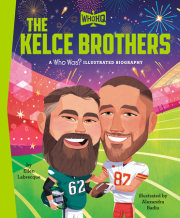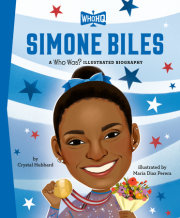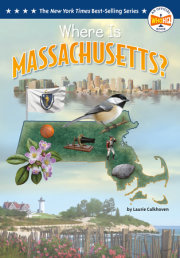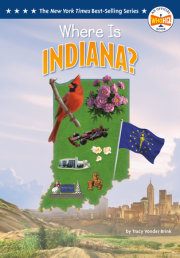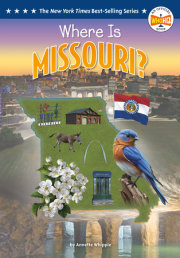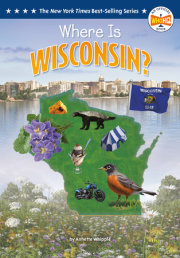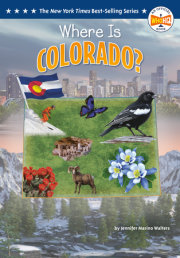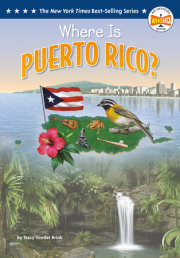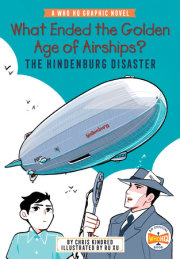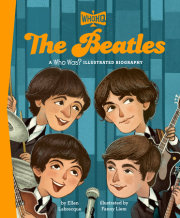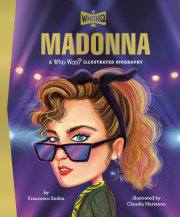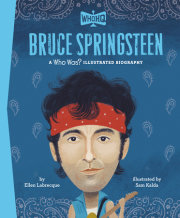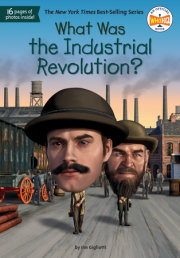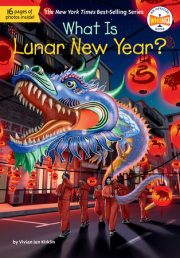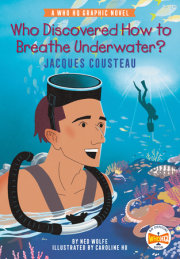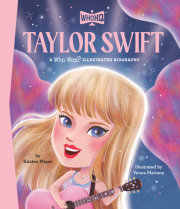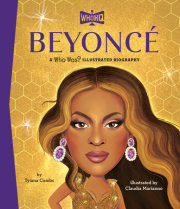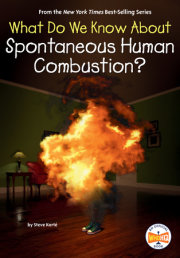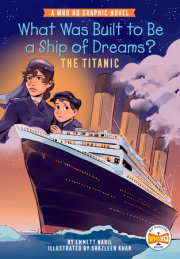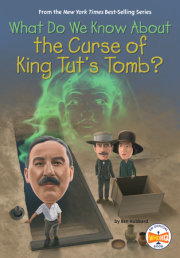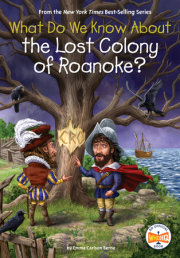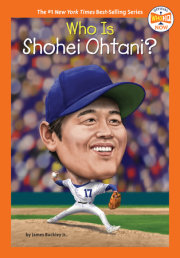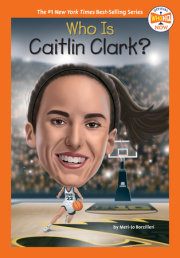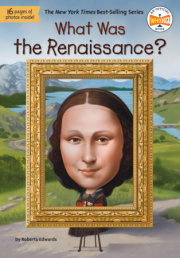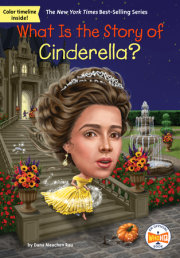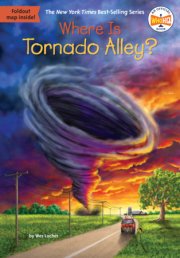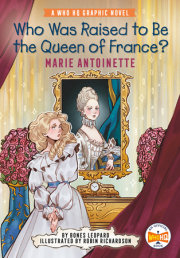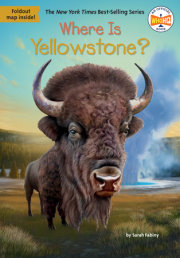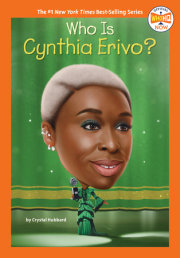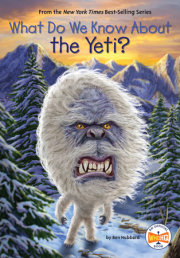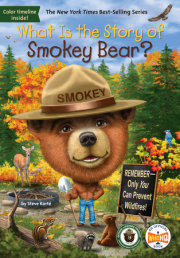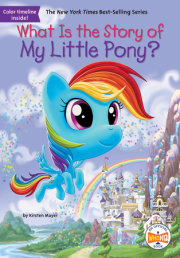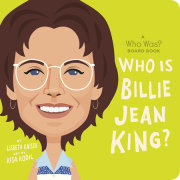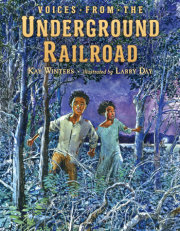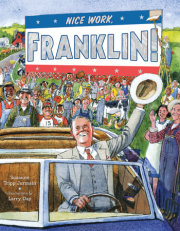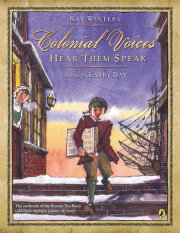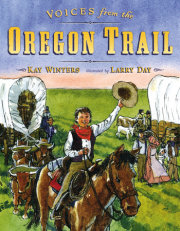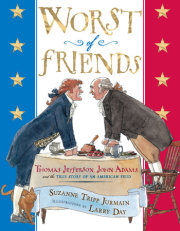
Who Was
Annie Oakley?
By Stephanie Spinner
Illustrated by Larry Day
Grosset & Dunlap • New York
Text copyright © 2002 by Stephanie Spinner. Illustrations copyright © 2002 by Larry Day. Cover illustration copyright © 2002 by Nancy Harrison. All rights reserved. Published by Grosset & Dunlap, a division of Penguin Putnam Books for Young Readers, 345 Hudson St., New York, NY 10014. GROSSET & DUNLAP is a trademark of Penguin Putnam, Inc. Published simultaneously in Canada. Printed in the U.S.A.
Library of Congress Cataloging-in-Publication Data is available
ISBN: 978-1-101-64006-7 20 19 18 17 16 15
Who Was
Annie Oakley?
“Aim at a high mark, and you’ll hit it.”
—Annie Oakley
Who was Annie Oakley?
Her real name was Phoebe Ann Moses, and she ignored rules all her life. In an age when ladies did not handle guns, she became a sharp-shooting legend. While most women stayed at home with their children, she traveled the world performing for enormous crowds, living happily in a big canvas tent. She was quiet, even shy, yet a brilliant performer.
During her lifetime, 1860–1926, women were paid far less than men, but at her peak she earned as much as the President of the United States. She was one of the best-known women of her age, and the public loved her, yet she was never anything but modest and down-to-earth.
Her life story inspired books, movies, television shows, and Broadway musicals. Most important, it changed the image of American women forever.
Chapter 1
Darke County
Phoebe Ann Moses was born on August 13, 1860, in Darke County, Ohio. Her birthplace—a rough settler’s cabin built by her father, Jacob—was near the tiny village of Woodland. It was also close enough to the woods for good hunting. Even as a tiny girl, Annie loved to go hunting with her father.
Sadly, Jacob Moses died of pneumonia when Annie was five years old. He left her mother, Susan, with six young children to care for. Susan Moses was a hardworking country nurse. But her wages—$1.25 a week—were not nearly enough to feed and clothe the family. They were very poor.
Annie and her brother and sisters helped out as best they could. They cared for the animals, did the laundry, worked in the garden, baked and cooked and sewed, and looked after the babies. “Somehow we managed to struggle along,” Annie said of those times.
Annie always liked roaming in the woods. They were alive with squirrels, rabbits, chipmunks, turkeys, and pheasants. She began making traps—cornstalks stacked up and tied with string—to catch wild birds. Her father had taught her how to make them, and she was good at it.
Her traps put food on the table every day. “We served them toasted with dressing, fried, broiled, fricasseed, and in potpies, and sometimes they made a nourishing broth,” Annie wrote of the birds she caught.
Who Was
Annie Oakley?
By Stephanie Spinner
Illustrated by Larry Day
Grosset & Dunlap • New York
Text copyright © 2002 by Stephanie Spinner. Illustrations copyright © 2002 by Larry Day. Cover illustration copyright © 2002 by Nancy Harrison. All rights reserved. Published by Grosset & Dunlap, a division of Penguin Putnam Books for Young Readers, 345 Hudson St., New York, NY 10014. GROSSET & DUNLAP is a trademark of Penguin Putnam, Inc. Published simultaneously in Canada. Printed in the U.S.A.
Library of Congress Cataloging-in-Publication Data is available
ISBN: 978-1-101-64006-7 20 19 18 17 16 15
Who Was
Annie Oakley?
“Aim at a high mark, and you’ll hit it.”
—Annie Oakley
Who was Annie Oakley?
Her real name was Phoebe Ann Moses, and she ignored rules all her life. In an age when ladies did not handle guns, she became a sharp-shooting legend. While most women stayed at home with their children, she traveled the world performing for enormous crowds, living happily in a big canvas tent. She was quiet, even shy, yet a brilliant performer.
During her lifetime, 1860–1926, women were paid far less than men, but at her peak she earned as much as the President of the United States. She was one of the best-known women of her age, and the public loved her, yet she was never anything but modest and down-to-earth.
Her life story inspired books, movies, television shows, and Broadway musicals. Most important, it changed the image of American women forever.
Chapter 1
Darke County
Phoebe Ann Moses was born on August 13, 1860, in Darke County, Ohio. Her birthplace—a rough settler’s cabin built by her father, Jacob—was near the tiny village of Woodland. It was also close enough to the woods for good hunting. Even as a tiny girl, Annie loved to go hunting with her father.
Sadly, Jacob Moses died of pneumonia when Annie was five years old. He left her mother, Susan, with six young children to care for. Susan Moses was a hardworking country nurse. But her wages—$1.25 a week—were not nearly enough to feed and clothe the family. They were very poor.
Annie and her brother and sisters helped out as best they could. They cared for the animals, did the laundry, worked in the garden, baked and cooked and sewed, and looked after the babies. “Somehow we managed to struggle along,” Annie said of those times.
Annie always liked roaming in the woods. They were alive with squirrels, rabbits, chipmunks, turkeys, and pheasants. She began making traps—cornstalks stacked up and tied with string—to catch wild birds. Her father had taught her how to make them, and she was good at it.
Her traps put food on the table every day. “We served them toasted with dressing, fried, broiled, fricasseed, and in potpies, and sometimes they made a nourishing broth,” Annie wrote of the birds she caught.
Our mission is to foster a universal passion for reading by partnering with authors to help create stories and communicate ideas that inform, entertain, and inspire.
/
